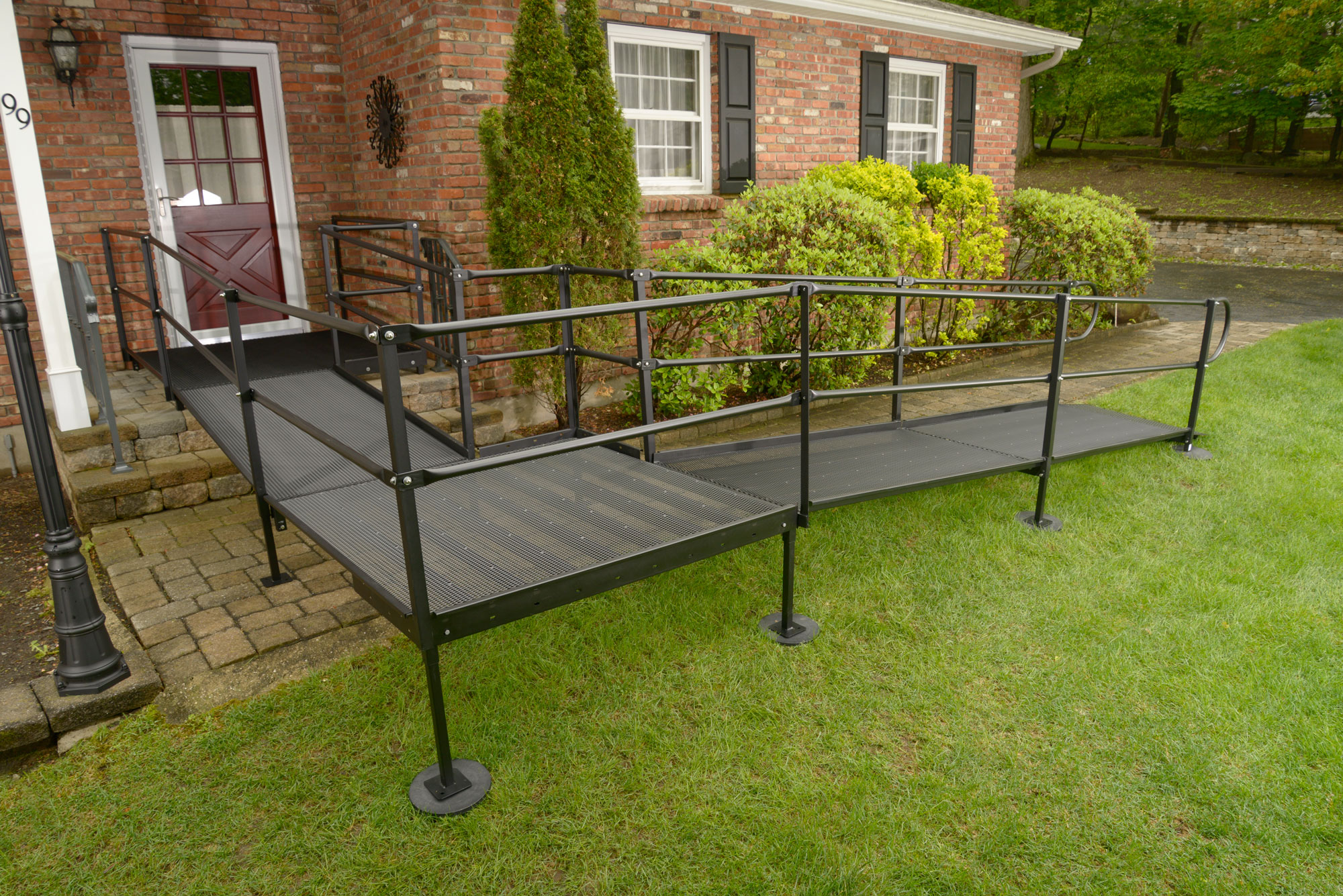The Guide To Pavement Kerb Ramps
Posted by Brad Jones on
Pavement kerb ramps, also known as access ramps, are an essential aspect of accessibility for individuals with mobility impairments. These ramps provide a smooth transition from the sidewalk to the street for individuals using wheelchairs, scooters, or other mobility devices.
When designing pavement kerb ramps, it is important to consider a few key factors to ensure they are safe and accessible for all users. The following is a guide to help you understand the different types of pavement kerb ramps and how to properly install them.

Types of Pavement Kerb Ramps - There are three main types of pavement kerb ramps: pre-fabricated, poured-in-place, and modular.
Pre-fabricated kerb ramps are pre-made and can be easily installed by placing them on top of the existing curb. They are typically made of concrete or plastic and can be a cost-effective option for small projects.
Poured-in-place kerb ramps are constructed on-site using a mould and wet concrete. This type of ramp is more durable and customizable than pre-fabricated ramps, but it requires more time and resources to install.
Modular kerb ramps are pre-made units that can be assembled on-site to create a ramp of any length or shape. They are more flexible than poured-in-place ramps and can be easily adjusted or disassembled if necessary.

Installation Guidelines When installing pavement kerb ramps, it is important to follow the guidelines set by the Americans with Disabilities Act (ADA). These guidelines include:
- Ramps must have a slope no greater than 1:12, meaning that for every inch of rise, the ramp must be at least 12 inches long.
- Ramps must have a minimum width of 36 inches to accommodate wheelchair and scooter users.
- Ramps must have level landings at the top and bottom of the ramp, with a minimum size of 60 inches by 60 inches.
- Ramps must have a non-slip surface and must be free of any tripping hazards.
Properly installed pavement kerb ramps provide safe and easy access for individuals with mobility impairments and are an important aspect of accessibility in our communities. By understanding the different types of pavement kerb ramps and following the guidelines set by the ADA, you can ensure that your ramps are installed safely and efficiently.
